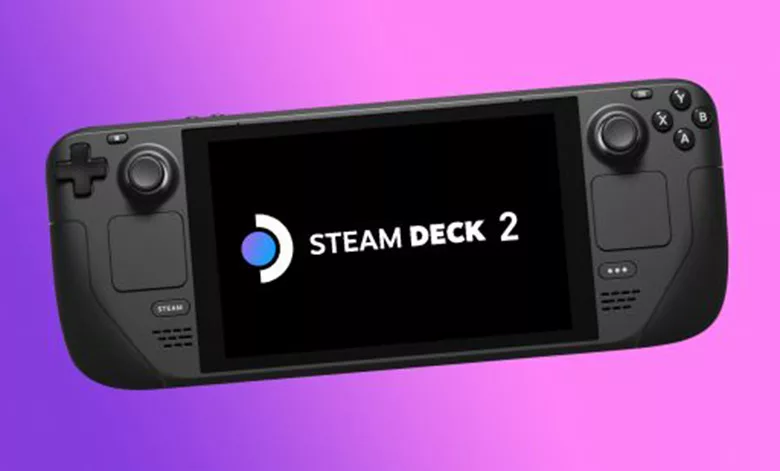@leoneazzurro
Cost to make = cost to manufacture + testing + binning + R&D + etc
You are the one who claimed that they talk about the cost to make, but leave out those other costs, when it is you who did the slight of hand by replacing 'cost to manufacture' with 'cost to make.'
No, it's the video author claiming that. I pointed even the exact time in the video where this is done, at least twice. And, what is the difference you are making between "cost to manufacture" and "cost to make"? Are you thinking they are two different things (as the author of the video, not me, uses these terms indifferently)? Or are you thinking one is the direct cost and the other is the total cost (but the video never mentione the difference)? Because, in any case, the 69$ figure is wrong as both "cost to manufacture" and "cost to make" (in the way you are using these terms) must include labour, testing and binning, and tooling. When speaking about costs, other than the BOM osts, there are the DIRECT COSTS OF PRODUCTION and TOTAL COST OF PRODUCTION - which are the correct terms for cost acounting. TOTAL COST=DIRECT COSTS+INDIRECT COSTS. DIRECT COSTS=BOM+DEPRECIATION+LABOUR+TESTING+BINNING+OTHER (OTHER depends on the accounting method, generally tooling, production overheads, service, etc.)
No company in the world will not use labour, depreciation, testing and binning, and tooling in determining the DIRECT COSTS OF PRODUCTION. And according to the accounting method, there may be other costs computed in that can increase even more this number.
And in the case you think that calling BOM costs as "cost to manufacture" is correct, the answer is no,nope, nyet, these are two different things.
And it's perfectly fine to comment that. In fact, I upvoted at least one such comment after I watched that video way back. But that is not because the video is wrong, but because many people are not so smart and do not understand what BOM costs really are.
Ian's channel is aimed at the more knowledgeable and smart person, so I don't see why he was being wrong. Everything he said was fairly reasonable and he has no obligation to dumb down his video's or to make them much longer and include many more things.
Quite frankly, no. The concept of BOM cost is fairly easy (the sum of the costs of the raw material used), and it is very easy to explain to the casual viewer that BOM is only a part, sometimes a slight part, of the total cost to manufacture of a product. To speak about "cost to manufacture" or "cost to make" (again, it's not me, but the video author doing so) instead of "cost of the material" is misleading because in the direct costs to manufacture you have to include at least the labour, tooling, equipment depreciation, and testing. None of these are even mentioned in the video, where the only calculation is related to die costs and a supposed packaging cost, which again are only the raw material costs.
And this even worse for someone knowledgeable, because a knowledgeable person would facepalm in seeing the improper use of accounting terms. If the author of the video would have titled it "Die cost estimation for Zen4 processors" it would have been fine, if he titles it "cost to manufacture of a 7950X" it is simply wrong.
The cost of packaging is not the cost of the product itself. It's perfectly fine to leave the packaging out, especially since you can actually often buy chips with different packaging (boxed, tray or OEM), so those costs are not actually the same for each buyer.
The cost of packaging is part of the cost of the product. It may vary but it is still part of the BOM! And I spoke not only about the costs of the packaging, but also auxiliary materials. And, as told, the cost of manufacturing the product is quite different from the cost of the BOM!
Except that the viewers are not necessarily accountants and they don't have to have the same goal. For example, if you want to compare costs across chips, or want to know the minimum price that things can be sold for, then it is a bad idea to include costs that can vary greatly based on how premium the packaging is, fixed costs whose price per unit depends greatly on total volume, etc.
And again, this is exactly why the video is misleading, as the BOM cost is related to but is not a precise measure of the final price of a product, or the price it can be sold without incurring in a loss! Yes, you can make estimations about the BOM costs, or in this case a part of the BOM cost. But that's it, it does not represent the direct cost of manufacturing. Labour, binning and fixed costs may easily represent a cost higher than the material.








